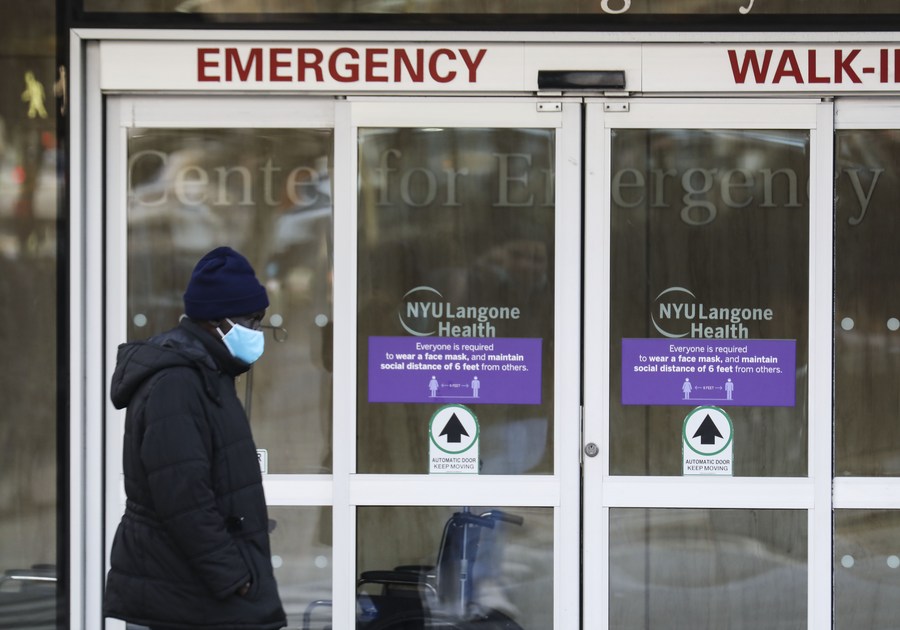US life expectancy continues decline while other countries bounce back
chinadaily.com.cn | Updated: 2022-11-22 16:04

US life expectancy has been dropping sharply since it began to feel the effects of the COVID pandemic in 2020, even though Western European countries have bounced back in 2021, according to an article published on the Scientific American website on Monday.
A study published in Nature Human Behaviour researched the estimated life expectancy since 2020 for 29 countries, including most of Europe, the US and Chile. It found the pandemic widened the gap of life expectancy between the US and most other high-income countries.
The reason life expectancy in those recovered countries has rebounded is the mortality in older age groups has been lowered, the author explained, and younger age mortality has not increased. By contrast in the US, all age group mortality rates have been increasing, except the stable mortality rate in people 80 and older.
"In the US, to have a similar drop in life expectancy from one year to the next like it was in 2020, you need to go back to the time before the Second World War," said lead study author Jonas Schöley, a research scientist at the Max Planck Institute for Demographic Research in Rostock, Germany.
Because of the US' "disjointed and inadequate pandemic response", more than a million people have been counted in the death toll, the author wrote. In addition, the life expectancy of Indigenous, Black and Latino populations in the US has seen a greater drop-off than other demographic groups.
"The US stood out in terms of having more deaths from causes other than COVID-19, indicating the US did a worse job containing the impacts of the pandemic on the broader health care system," said Theresa Andrasfay, a postdoctoral scholar in gerontology at the University of Southern California.
























